Always "hot" for over 30 years
"Sky-high", "nearly reaching the absolute threshold", "over 29 points/3 subjects", "over 9 points/subject"... are phrases used by many newspapers when reporting on annual enrollment for a number of high-score majors, including journalism. For example, in 2024, the University of Social Sciences and Humanities (USSH), Vietnam National University, Hanoi, had 3 majors (out of 31 majors) with a C00 benchmark score of over 29 points (on a scale of 30), including journalism. In 2022, journalism was also one of the 4 majors with a C00 benchmark score that nearly "hit the ceiling" of the school (29.9 points/30).

Student of SJC Institute of Journalism and Communication, University of Social Sciences and Humanities, Vietnam National University, Hanoi
Photo: Phan Kieu
Not only the C00 combination but also other combinations, journalism is also among the highest in schools that recruit students for this major (usually schools that train in the social sciences and humanities). In 2024, the benchmark score for the television journalism major in combination D78 (literature, social sciences, English) of the Academy of Journalism and Communication is 37.21/40 (average 9.31 points/subject) - one of the highest scores in the entire social sciences and humanities block in 2024.
Journalism as a new university training major was formed after the country opened up. Regular university enrollment for high school graduates began in 1991. That was after the Government recognized the Central Propaganda School (now the Academy of Journalism and Propaganda) as a university, and at the same time the Ministry of Education and Training allowed Hanoi University of Science (now Hanoi National University) to open a journalism major. The Department of Journalism at Ho Chi Minh City University of Science (now Ho Chi Minh City National University) was also established a year later. Right from those first years, journalism has always been at the "top" in terms of attractiveness in the field of Social Sciences and Humanities.
Associate Professor Dinh Thi Thu Hang, Director of the Institute of Journalism and Communication (AJC), Academy of Journalism and Communication, said: "In our recent series of university admissions consulting programs for 2025, many parents and students are still very interested in journalism and communication majors. This shows that this is still a field that has great appeal to candidates."
The hidden corners
According to Thanh Nien Newspaper's investigation, there are currently 9 institutions (hereinafter referred to as universities) nationwide that provide formal university-level training in journalism: the Academy of Journalism and Communication, 2 universities of Social Sciences and Humanities (under 2 national universities), 2 universities of Science of Hue University and Thai Nguyen University, the University of Education - Da Nang University, Can Tho University, the University of Culture, and the Academy of Posts and Telecommunications Technology. Of these, most of the schools have only participated in journalism training in the last 15 years. The new schools initially reservedly recruited 50 - 60 students, and later each school increased a little. Therefore, the enrollment quota for journalism has increased steadily, while the labor market is tending to shrink.
In 2024, the total new recruitment target for journalism majors of the 9 above-mentioned schools is 1,269. This year, the Military Arts University will also train civilian journalism students, with an expected recruitment target of 25 students. Combined with the increase in the number of students in some schools, the total new recruitment target for journalism majors in 2025 will be around 1,350.
The three pillars we focus on training are basic knowledge, working methods - thinking methods, and the ability to update technology trends. That is the way to help students go a long way in journalism.
Dr. Phan Van Kien, Director of SJC Institute, University of Social Sciences and Humanities, Vietnam National University, Hanoi
From here, some dark corners in journalism admissions appear. For example, Vinh University originally opened a journalism major in 2013, but by 2021 it had to stop enrolling. Some other schools, although still persistently enrolling, have low admission scores, from 14 to 16 - 17 points. Some schools, for many reasons, have not (or are not allowed to) open journalism majors, but still use the keyword "journalism", enroll literature majors but open parentheses with journalism majors: Duy Tan University, Quy Nhon University, Khanh Hoa University... Duy Tan University calls the major it enrolls "literature journalism" (the State stipulates that private schools are not allowed to train in journalism). However, enrollment efficiency is not high. Schools that have difficulty enrolling in journalism majors, "literature journalism" are often far from large cities, or inherently have difficulty enrolling in most majors.
Even for top schools, the challenges they face are not small. "Currently, there are three prominent factors that have a strong impact on the journalism labor market. The most current issue is the merger and consolidation of press agencies, causing an unprecedented number of journalists to become unemployed. The second is the popularity of social networks. The third is the development of science and technology, especially the emergence of AI, which has raised a wave of skepticism about the future of journalists," shared Dr. Phan Van Kien, Director of the Institute of Journalism and Communication (SJC), University of Social Sciences and Humanities, Vietnam National University, Hanoi.
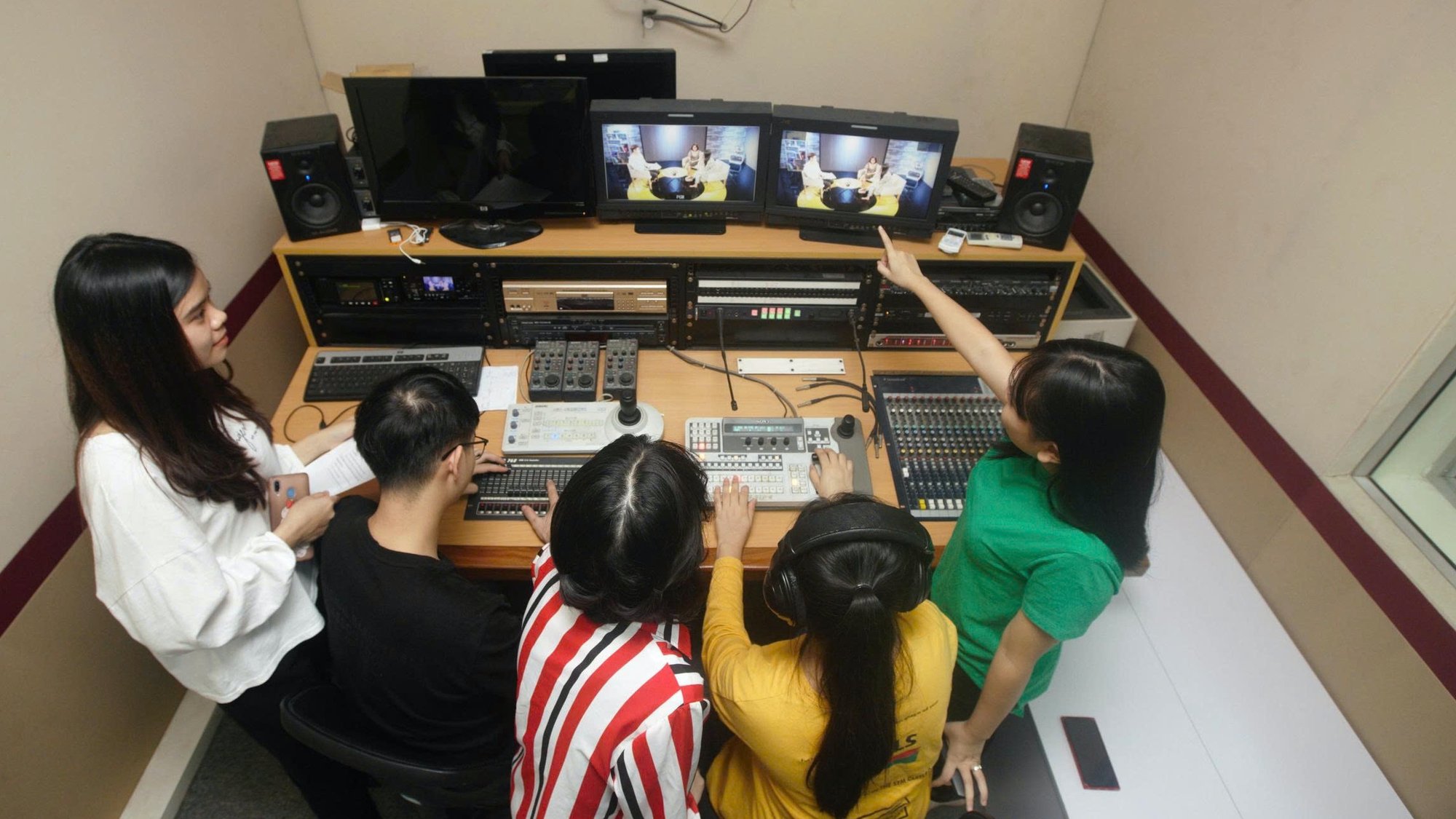
The development prospects and job opportunities for journalism and communication graduates are still very open due to the development of the current digital technology landscape.
Photo: Phan Kien
From training "multitasking journalists" to "multiplatform journalists"
According to Dr. Phan Van Kien, the SJC Institute has been preparing for the above factors for at least 10 years. First of all, the institute determined that due to its inherent characteristics, the scale of journalism training should not be arbitrarily expanded but should be limited to a certain number of quotas. Even when the journalism labor market was at its peak (many newspapers were launched but only a few journalism training schools were established), the SJC Institute only recruited about 200 - 250 journalism quotas annually. Later, realizing the development trend of the media industry, the institute reduced the journalism quota. In the past few years, the journalism quota has remained at about 160, while the media industry has about 200.
At the same time, the institute's training program is also designed in the direction of branching in output standards. Journalism graduates do not necessarily have to become journalists but can do other jobs such as working in communications, program hosts, content creators, consultants, etc. With the development of science and technology, the institute not only aims to train "multi-tasking journalists" but also "multi-platform journalists". In 2023, when ChatGPT appeared, realizing the presence of AI gradually becoming more evident in all aspects of life, SJC Institute introduced digital media technology to teach all students (journalism, media). The institute's students use AI to do homework, use AI to learn journalism practice.
Associate Professor Dinh Thi Thu Hang, Director of AJC Institute, also believes: "Although we are in the process of innovation, arrangement, and streamlining the apparatus, the development prospects and job opportunities for journalism and communication students after graduation are still very open due to the development of the current digital technology context. The strong shift from traditional media to digital media is opening up a wide range of careers for journalism and communication students. They can not only become reporters and editors, but can also be content creators, corporate communications specialists, managers of platforms such as YouTube/TikTok channels, brand consultants, and even founders of creative media startups."
Journalists need not only professional skills but also technology knowledge and the ability to use AI tools. Therefore, a systematic training strategy is needed, from improving technological knowledge, data analysis skills, to professional ethics in the digital environment. Universities need to update their journalism training programs, integrating knowledge of AI and big data.
Associate Professor Dinh Thi Thu Hang, Director of AJC Institute, Academy of Journalism and Communication
Source: https://thanhnien.vn/bao-chi-nganh-hoc-chua-bao-gio-het-hap-dan-185250619013000063.htm




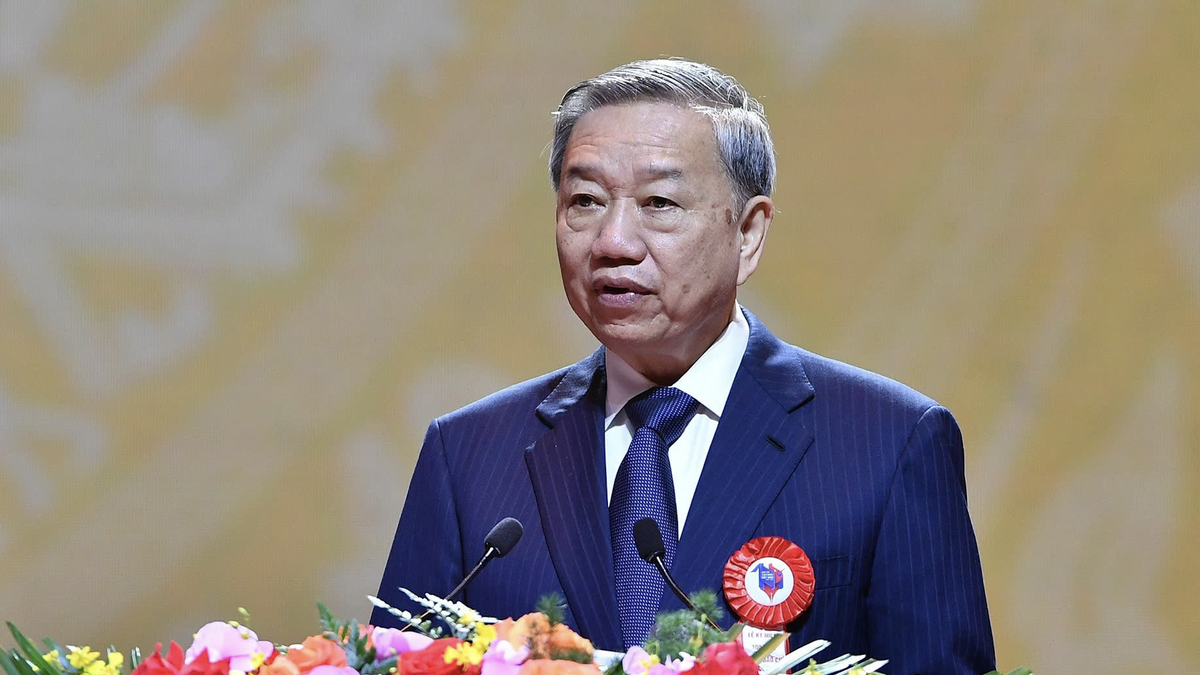

































![[Photo] Central Propaganda and Mass Mobilization Department meets with exemplary journalists](https://vphoto.vietnam.vn/thumb/1200x675/vietnam/resource/IMAGE/2025/6/21/9509840458074c03a5831541450d39f8)














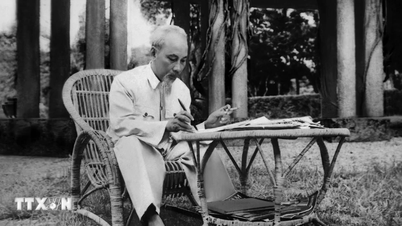








![[Maritime News] Wan Hai Lines invests $150 million to buy 48,000 containers](https://vphoto.vietnam.vn/thumb/402x226/vietnam/resource/IMAGE/2025/6/20/c945a62aff624b4bb5c25e67e9bcc1cb)



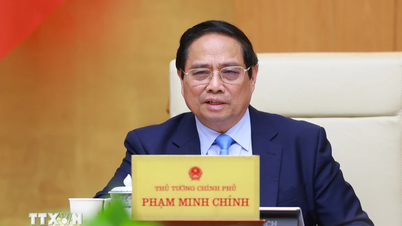


















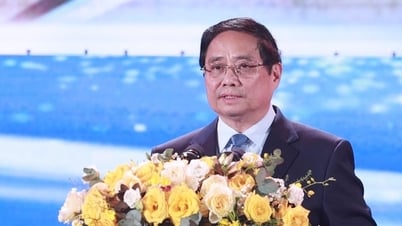











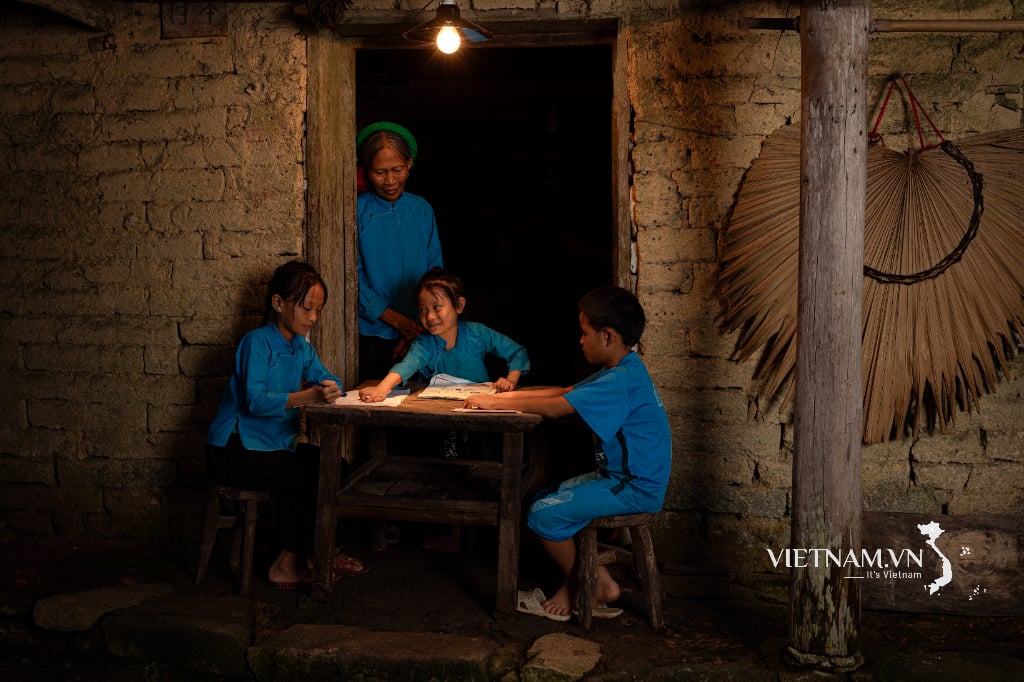

Comment (0)